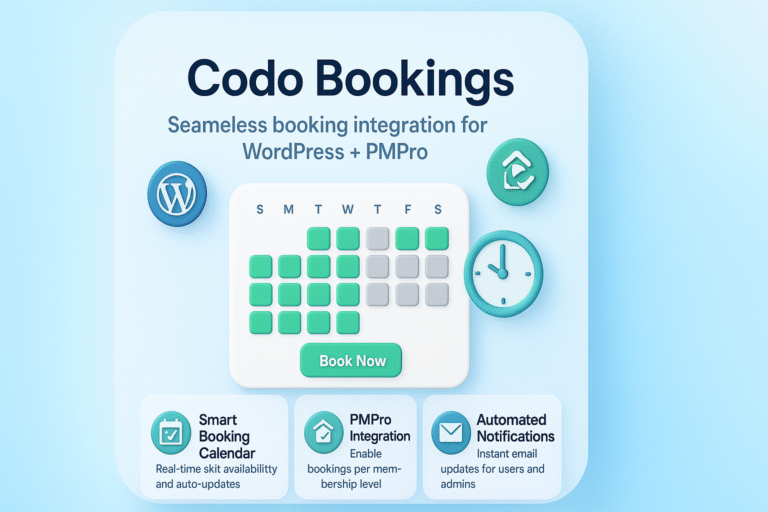Views: 172
Adding a featured image to every blog post is crucial for design and SEO. But manually setting them can be time-consuming—especially if you already have hundreds of posts.
In this guide, you’ll learn how to create a custom WordPress plugin that automatically sets the first image found in each blog post’s content as the featured image. The plugin adds a menu under Settings, where you can apply the change to individual posts or in bulk—without affecting posts that already have a featured image.
🛠️ Features of This Plugin
- Lists only blog posts without a featured image
- Shows a preview of the first image in the post content
- One-click button to set it as the featured image
- Option to apply changes in bulk
- Works seamlessly with the WordPress Media Library
- Simple UI in the admin dashboard
- Translation-ready
📁 Step-by-Step Tutorial
Step 1: Create the Plugin Folder and Main File
- Open your WordPress site’s
/wp-content/plugins/directory. - Create a new folder called
auto-featured-image. - Inside it, create a file named:
auto-featured-image.php
Step 2: Add Plugin Header and Basic Structure
Paste this code in the auto-featured-image.php file:
<?php
/*
Plugin Name: Auto Featured Image Setter
Description: Sets the first image in post content as the featured image for posts without a featured image.
Version: 1.0
Author: Your Name
*/
Step 3: Register Admin Menu
Use add_submenu_page() to add a new settings page under Settings → Auto Featured Image. This page will show posts missing a featured image.
Step 4: List Posts Without a Featured Image
Use WP_Query with a meta_query checking for _thumbnail_id not existing:
$args = [
'post_type' => 'post',
'meta_query' => [
[
'key' => '_thumbnail_id',
'compare' => 'NOT EXISTS',
],
],
];
Loop through results and use preg_match() to extract the first <img> tag from post_content.
Step 5: Display Actions in a Table
Use an admin table to show:
- Post Title
- First image preview
- A “Set Featured” button for single post
- Checkboxes for bulk action
Step 6: Set Featured Image Programmatically
Use media_sideload_image() and set_post_thumbnail() to download and set the image:
$attachment_id = media_sideload_image($image_url, $post_id, null, 'id');
set_post_thumbnail($post_id, $attachment_id);📚 References:
Step 7: Add Admin Action Hooks
- Use
admin_post_afi_set_featured_singlefor handling individual posts. - Use
admin_post_afi_set_featured_bulkfor processing multiple posts at once.
Step 8: Add JavaScript and CSS (Optional)
For better UX, add a JavaScript file:
// js/admin.js
jQuery(function($) {
$('#afi-select-all').on('click', function() {
$('input[name=\"afi_post_ids[]\"]').prop('checked', this.checked);
});
$('#afi-bulk-set').on('click', function() {
return confirm('Are you sure you want to apply this action to all selected posts?');
});
});Enqueue it using wp_enqueue_script() inside your admin page.
Step 9: Final Touches
- Use
wp_nonce_field()andcheck_admin_referer()to secure your forms. - Wrap all strings with
__()or_e()for translation support.
✅ Benefits of This Plugin
- Saves hours of manual work
- Keeps your site visually consistent
- Increases click-through with attractive thumbnails
- SEO-friendly: Featured images often appear in search previews
💡 Pro Tip
Make this your first “custom utility plugin” and reuse it on every client site that needs featured image automation. You’ll save a ton of time in future projects.
If you have questions or want a downloadable version, drop a comment below or contact me. Happy coding!
